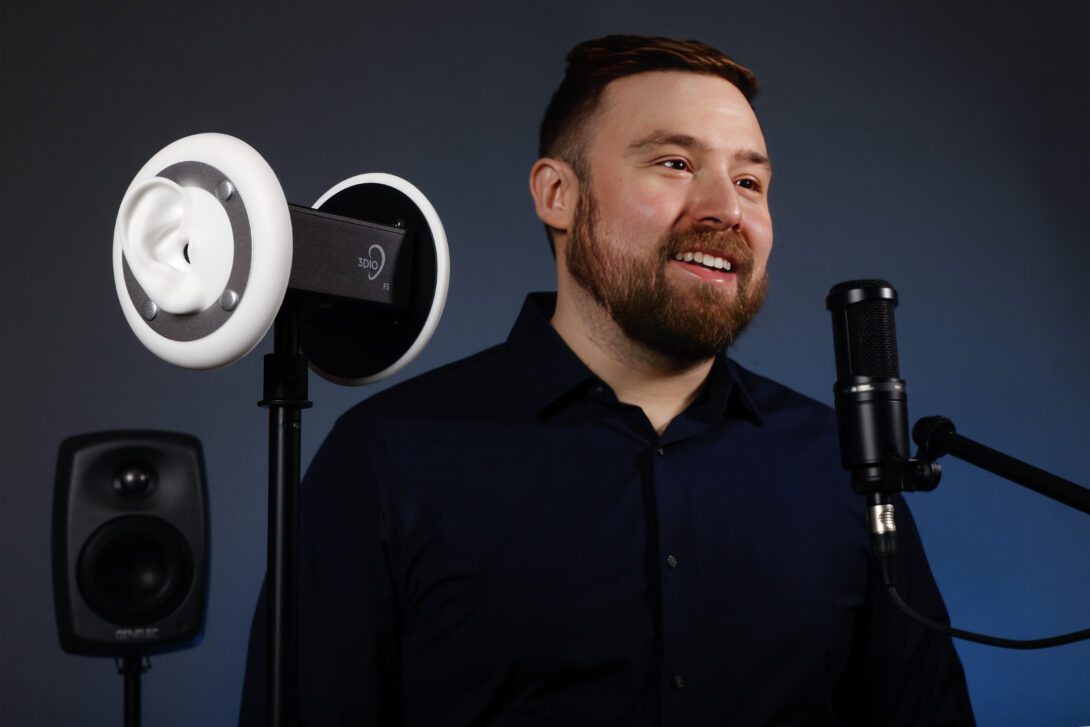Building new partnerships
Building new partnerships Heading link

Ryan M. Corey joined the electrical and computer engineering department as a visiting assistant professor this year and is the first dual appointed faculty member between UIC and the Discovery Partners Institute, where he serves as a visiting research scientist.
DPI, part of the University of Illinois System, aims to drive equitable economic development in Chicago and Illinois, broaden participation in STEM, support applied research and development, and build new businesses.
Corey is part of DPI’s Applied Research and Development division, which brings together scientists from DPI’s internal research team, the University of Illinois campuses, and other partner universities to tackle research problems that can have an immediate impact on communities and businesses in the state. The team also works with industrial partners to identify opportunities for collaborative research and technology translation.
One of Corey’s research interests is hearing assistive technology. Corey, who has had hearing loss his whole life, said his research is driven by his personal experience–and frustration—with hearing assistive technology.
Hearing aids are very small, with the microphones and processing components located in a tiny earpiece that sits in or behind the ear. They amplify all sounds, including background noise that can make it difficult to follow a conversation. Corey’s research aims to make hearing aids work better in noisy places like restaurants. To do that, he wants to make them more powerful than a typical human ear.
“The hearing aid is getting the same information the ears are getting, but a recording device is like a telescope lens; in order to magnify and look far away, it has to be physically big,” Corey said. “To make a hearing aid much bigger isn’t really practical.”
Instead, he hopes to utilize the hundreds of microphones that surround us: in our phones, computers, smart speakers, and wearables. This network of devices could be used to pick up individual sounds in a noisy room, allowing a user to selectively